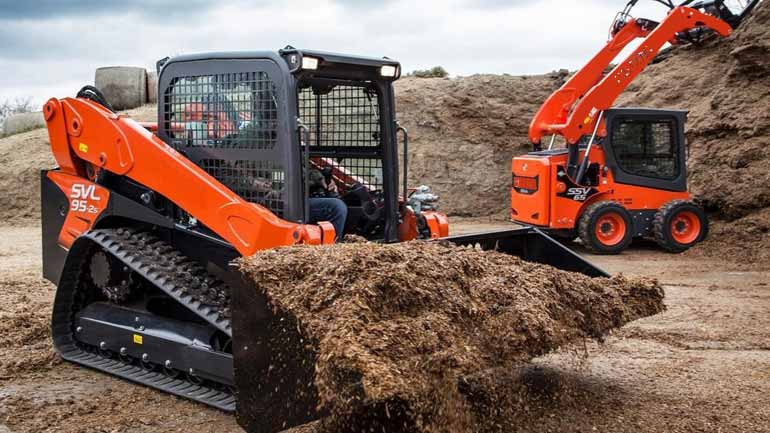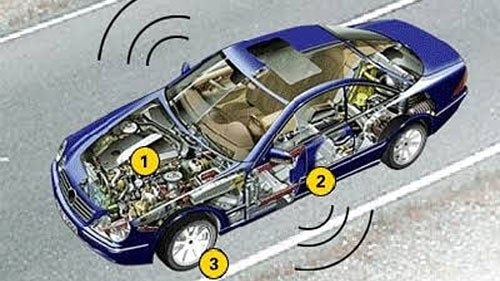
When you’re buying a compact track loader, you’re paying more than a skid-steer loader. If you’re unfamiliar with the heavy machinery industry, you must be wondering if the extra cost is worth it. To get the answer, you can read through compact track loader reviews and see what others have to say about it. Here’s a brief guide on how a track loader works and its benefit to make your job easier.
How Does a Compact Track Loader Work?
A compact track loader or CTL works differently than a skid-steer. And that’s what most operators get wrong. They make counter-rotation, spin turns, and spin tracks, but all of these things will degrade the track loader. You must first understand that track loaders operate with tracks on and not wheels. Therefore, you need to operate it more like a crawler machine.
The functionality of the CTL will largely depend on the attachments. Generally speaking, all the attachments that work on a skid-steer loader will work on a compact track loader as well. But because the CTLs have a more stable demeanor, you’ll have a better time handling them.
The controls remain the same as well. So if you have ever seen a skid-steer in operation, the process is similar for the CTL.
Benefits of Compact Track Loaders
The global loaders market is expected to grow to 38.38 billion by 2026 at a CAGR of 4.2%. So does the extra cost worth it? The compact track loaders offer three significant benefits, which are:
- Low ground pressure
- Minimize impact on finished surfaces
- Superior stability
Because they operate on tracks, they can cover more surface area. Thus, they can offer you better stability on an uneven surface. At construction sites, you may have softer surfaces like grass or gravel. The CTLs will offer greater floatation.
If you’re operating over terrains and have utilities sitting just below the surface, you’ll benefit from the low ground pressure that CTLs have to offer. But they’re not recommended for asphalt or concrete surfaces since they can cause more abrasion.
If you’re planning to work on farms and ranches, then you’ll find CTLs beneficial as well. Because the surfaces are often gravel-based and uneven, the tracks will come in handy.
The same is right for forestry or land clearing job sites where the compact track loaders can offer better lifting and handling.
Attachments Suited for Compact Track Loaders
As already stated, you can use the same attachments for CTL as the skid-steer loaders. But some attachments are better suited for compact track loaders. You must use these to get the best out of the machinery.
The first type of attachment to use with CTLs is Trencher attachments. They can ensure minimal rutting and lighter ground pressure. The operator would find it easier to move the trenches across the ground.
You should also use Dozer blades as they provide a smoother ride. As opposed to wheels, which can create upward and downward movement when passing over obstacles, tracks can bridge the movement and offer more stability. It’s also recommended to use landscaping attachments like lawn preparators.
So if you’re planning to invest in a compact track loader, you should know that you can use it for various purposes. The cost of ownership might be on the higher side, but it depends mostly on the working conditions and the operator. Before selecting a CTL, it’s advised to read through several compact track loader reviews to understand better.




